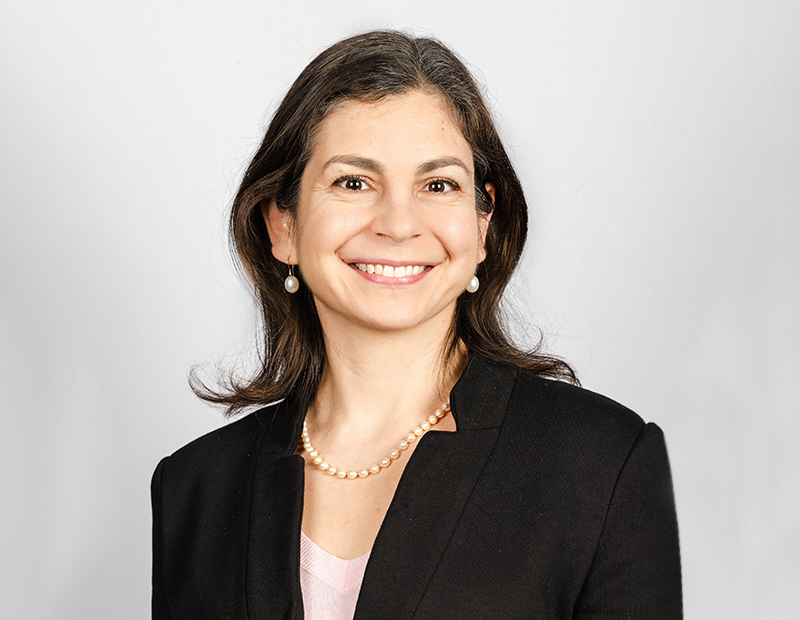How COVID-19 Is Shaping Health-Care Real Estate: JLL
A new report from JLL highlights three trends in health-care real estate being accelerated by the response to the coronavirus.
With the health-care sector under wartime levels of stress due to the pandemic, three trends in health-care real estate seem to be emerging, according to a new report from JLL.
READ ALSO: Life Sciences Real Estate Thrives Amid Pandemic
In short, telehealth could be on the verge of a long-delayed breakthrough; the novel coronavirus will accelerate the segmentation of health-care spaces by acuity of care; and despite all the turmoil, medical office buildings will likely remain strong investments.
Telehealth
Telehealth, or telemedicine, has been in limbo for years, with its vast potential seemingly undervalued. But since the passage of the Coronavirus Aid, Relief and Economic Security Act, telehealth visits have soared from less than 0.2 percent of all U.S. services in early 2019 to 7.5 percent in March of this year, with much more growth expected.
JLL predicts that while telehealth will replace some in-person care, over the long haul it’s likely to increase patient engagement and help reach patients in remote and underserved locations, both of which could boost in-person visits.
As to physical space, one effect might be to encourage the development of telehealth-specific provider spaces. For the moment, though, the report cautions, “social distancing, especially within a medical facility, may overwhelm, if not dominate, space requirements until the epidemic ends or is brought under control.”
Segmentation of space
The demand for lower-acuity (wellness) care, particularly from Millennial heads of households and individuals age 65 and older, has been an ongoing health-care trend—and COVID-19 has made preexisting conditions even more hazardous than before.
The coronavirus pandemic “will likely accelerate the long-term trend toward hospitals focusing on higher-acuity inpatient care,” JLL predicts, as administrative and lower-acuity functions are relocated.
Mall owners and operators will no doubt be interested in some of the fallout from this. “With both destination and neighborhood shopping center availability and affordability on the rise, health-care tenants may increasingly locate within retail properties to benefit from foot traffic and accessibility,” according to JLL.
The strength of MOB
Characteristics such as long-term leases, stable occupancy and high tenant quality have helped make medical office buildings a desirable investment recently. The JLL report notes that for all the economic disruption during the pandemic, the medical office building sector appears to have avoided anything beyond minimal issues around rent nonpayment or deferment.
Further, development of medical office projects has been steady, with little or no speculative development, which has helped drive gradual growth in triple net rental rates.
In addition, JLL points out that MOBs could “pick up admin and lower-acuity clinical functions that shift away, as hospitals sharpen their focus on high-acuity needs.”











You must be logged in to post a comment.